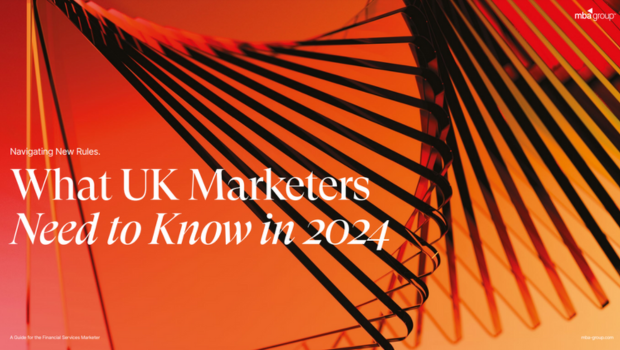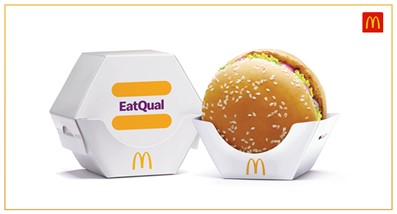Solving the âwrongâ problems
19 Jul 2016

Inspired by a recent piece in the NY Times, Designit Founder and Global CEO, Mikal Hallstrup shares his thoughts on solving the 'wrong' problems, and how making the world a better place should be more than just a cliché.
A colleague pointed me to this interesting read in the NY Times about solving all the wrong problems. The author, Allison Arieff, talks about a lot of crappy sounding solutions to crappy sounding, ‘non-problems’. And a lot of what she said really struck a chord with me. Absolutely, design is not about making more stuff, but better stuff.
Gone are the days when design was about how things look. Today, design is about what to make tomorrow. I believe the late Prof. John Heskett coined the new definition of design when he said:
“Design is the human capacity to make and shape our environments in ways that satisfy our needs and give meaning to our lives.”
Here’s the thing. Design is fundamentally about making the world a better place. Maybe that sounds clichéd, grandiose or even naïve, but we simply don’t see an alternative: try to make the world a worse place? No, the promise is the right one, but it’s been hollowed out, and over-used in a very uncritical way. Just like when we all talk about ‘the smart future’. Here at Designit, I work with a group of people that really want to make the world a better place, and have both the talent, the passion, and the critical eye to make it happen. We want to make a human-shaped world. A vision that actually implies a strong bias to human needs, in other words, relevance, usefulness and meaning.
Designers all over the world are trying to solve the ‘right’ problems. The thing is, making a service ‘that delivers beer right to your door’ is more manageable as a challenge than making a service that provides safe drinking water to a doorstep that doesn’t exist.
But ‘good’ ideas often start as ‘bad’ ones — the point being that the beer delivery service, mentioned in the article, could inspire a better way of delivering safe drinking water. Facebook started off as a small student social networking site, and has ended up as a pretty much unavoidable feature of modern life. Whether it makes the world a better place, is up to its 1.8B users. From marking yourself safe after a disaster, to becoming an invaluable tool for millions of refugees Facebook has been used a force for good. So combine the framework for a beer delivery service with other innovative ideas, like three word postal addresses, and suddenly you are about to solve a real problem.
So maybe we shouldn’t shoot down ideas, no matter how stupid sounding. After all, the people behind them are the thinkers, triers and tinkerers, who’re experimenting today, and will end up changing the world tomorrow. And if that sounds like a dream, so be it. And if you need inspiration for ‘wrong’ solutions that create whole new ‘wrong’ problems, here’s some serious inspiration.
This piece has been adapted from an original article by Mikal Hallstrup, Founder and Global CEO of Designit. To read the original article, drop by Mikal’s Linkedin page and don’t forget to leave a comment at the end.





Please login to comment.
Comments